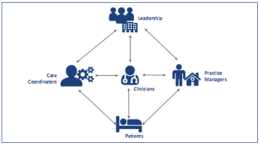Healthcare Enters the Mobile Age with Secure Messaging
By Linda Fischer – I spent 21 years as a hospital CIO and my job was more than just a job: it was part of my identity and a way of life. I love my new career – but yes, a part of me will always miss the hospital world.
Read More






